It can be tricky trying to keep track of photographer Lucien Samaha’s life. Fortunately, he brought along a camera to document most of it.
Samaha spent the first 10 years of his life in Lebanon before moving to the suburbs of Washington, D.C, for his teenage years. After that, he worked a series of jobs that would provide a fantastic education and backdrop for a documentary photographer. (More formally, he was also educated at Rochester Institute of Technology’s photography school.) Included on his resume are jobs such as flight attendant, member of the launch team for the first digital camera at Kodak, DJ on the 107th floor of the World Trade Center, and house photographer for New York’s infamous club Limelight.
He mostly photographed the entire time—and continues to do so. “I’m a prolific photographer. I’m constantly photographing. My archive is about a million photographs,” he said. “I hate to go places where they say ‘No photography allowed.’ ”
He recently showed some of his work titled “The Flight Attendant Years: 1978-1986” at Lombard Freid Gallery in New York that spanned the eight years Samaha worked as a flight attendant for TWA. That work can currently be seen by appointment at the gallery.
Samaha said he has about 600 images from that period, though it’s only a fraction of what he was covering outside of airplanes and airports. “I was shooting everything during that time, from fashion photography in Milan to photographing on layovers … street photography around the world,” he said.
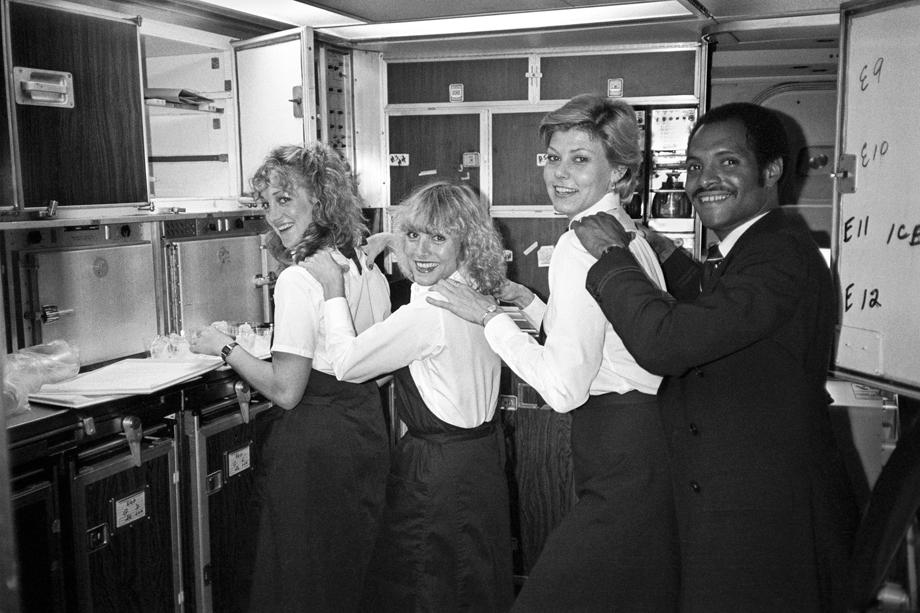
Lucien Samaha/Courtesy of the artist and Lombard Freid Gallery
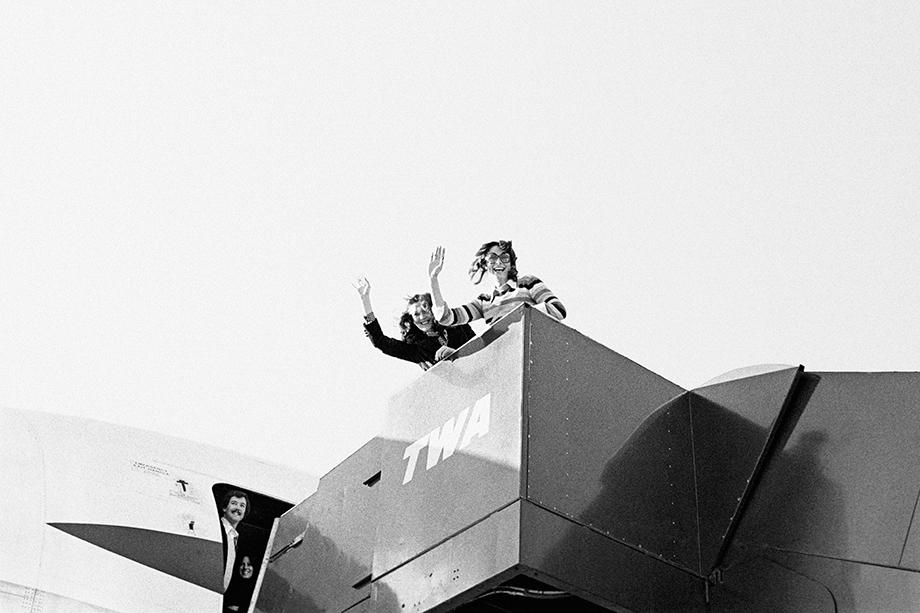
Lucien Samaha/Courtesy of the artist and Lombard Freid Gallery
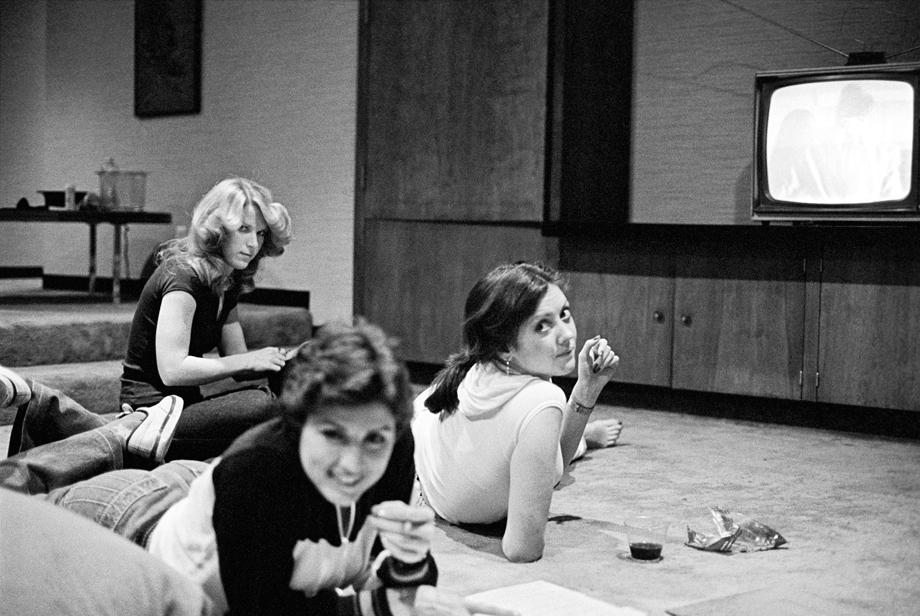
Lucien Samaha/Courtesy of the artist and Lombard Freid Gallery
He often used—and still uses—smaller cameras, since he feels those are a great ice-breaker, and they made it easier to capture many of his TWA colleagues. “People become relaxed with a small point-and-shoot camera, and that’s my aesthetic. I like intimacy … the smaller and quirkier the camera, the better—and I feel l can take great pictures with it … people didn’t mind it and weren’t annoyed at all [by being photographed].”
Samaha is a self-described “airline brat” whose father worked for a Middle Eastern airline, as did four of his father’s five brothers. He knew from the time he was a small child that he wanted to be a flight attendant, and although he started his career on domestic routes, Samaha quickly moved onto international flights, working mostly the Chicago–London and Chicago–Paris–Rome–Tel Aviv schedules. It was a glamorous period for flying, when Samaha learned how to carve chateaubriand and how to serve caviar in first class. He feels, however, that the 1950s are a better representation of the height of airline travel when passengers would have their shoes shined on longer flights, long before flying became an option for the masses.
Samaha points to a couple of photographers he feels a connection to today: the intimate work of Jacques Henri Lartigue and the street photography of Garry Winogrand. He also includes his uncle who took snapshots of family life in Lebanon from the 1940s to the ’60s.
“To me photography has an essence; it gives you a relationship to the world. You have yourself as the photographer and this object, the camera, and then you have the world. Photography is an intersection of these three things based on where you are in the moment, and if you see something, you capture it,” Samaha said.
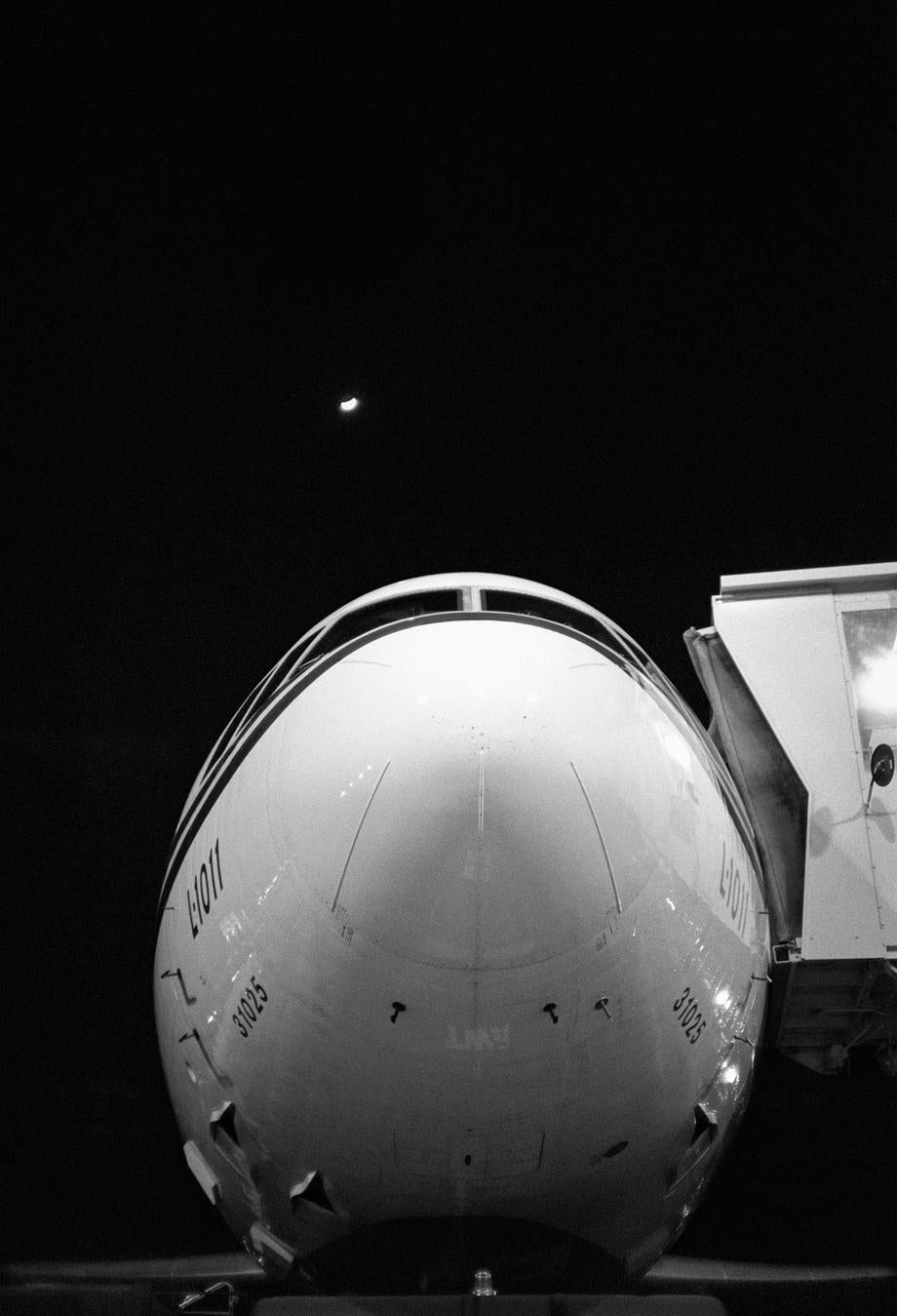
Lucien Samaha/Courtesy of the artist and Lombard Freid Gallery
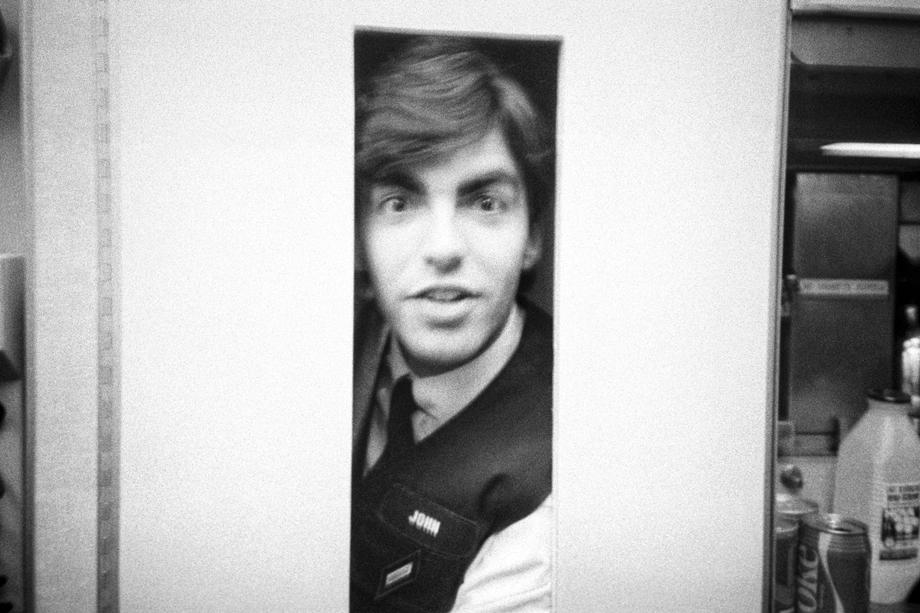
Lucien Samaha/Courtesy of the artist and Lombard Freid Gallery
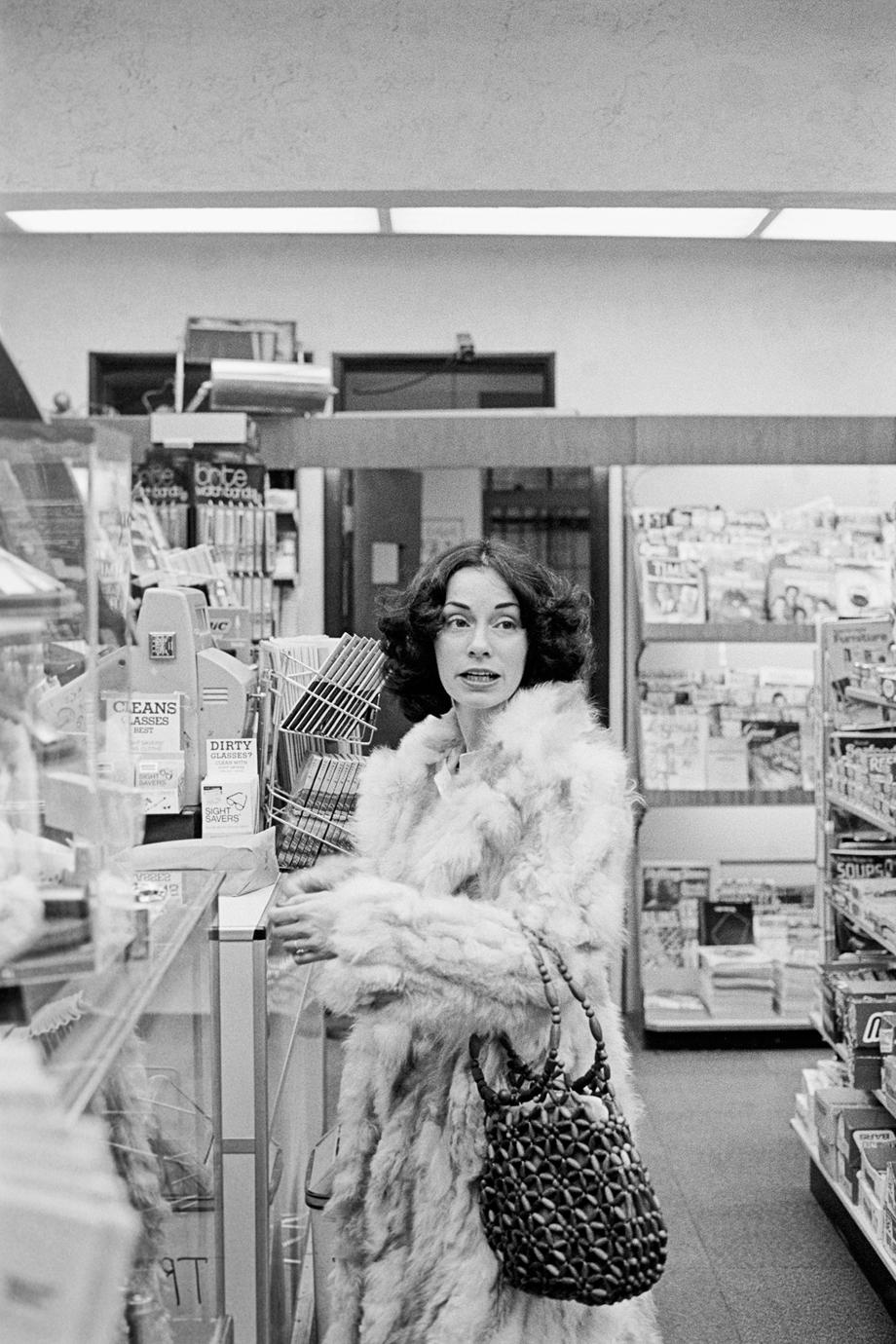
Lucien Samaha/Courtesy of the artist and Lombard Freid Gallery
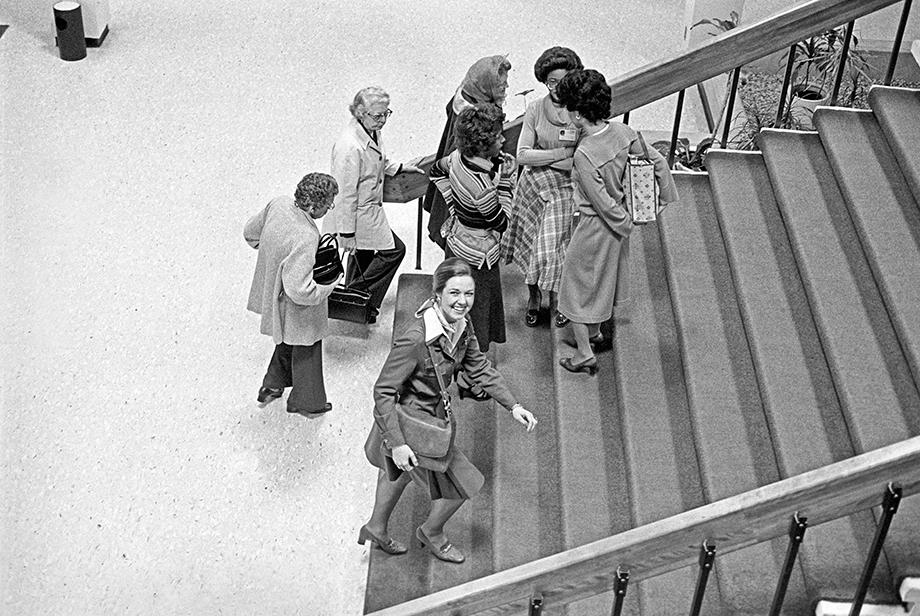
Lucien Samaha/Courtesy of the artist and Lombard Freid Gallery
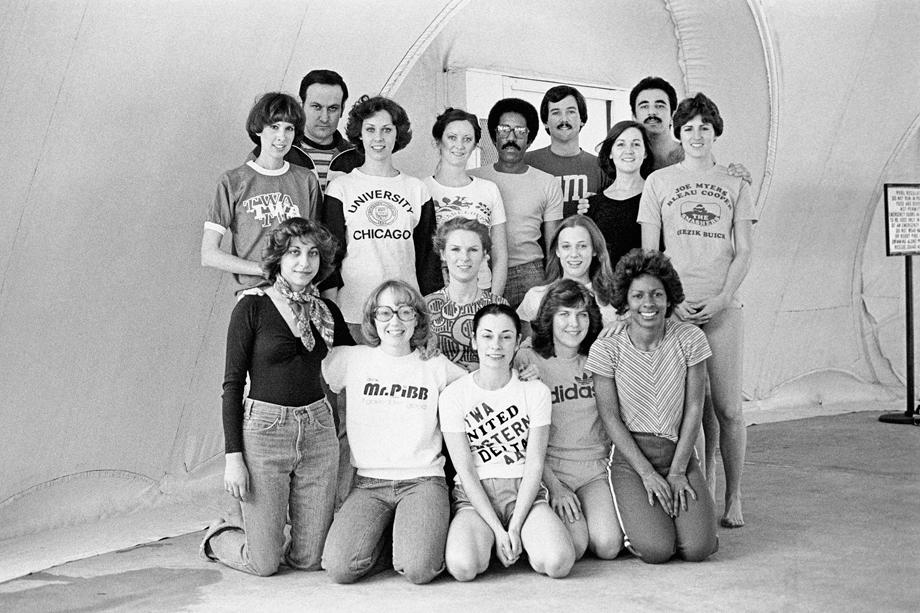
Lucien Samaha/Courtesy of the artist and Lombard Freid Gallery
